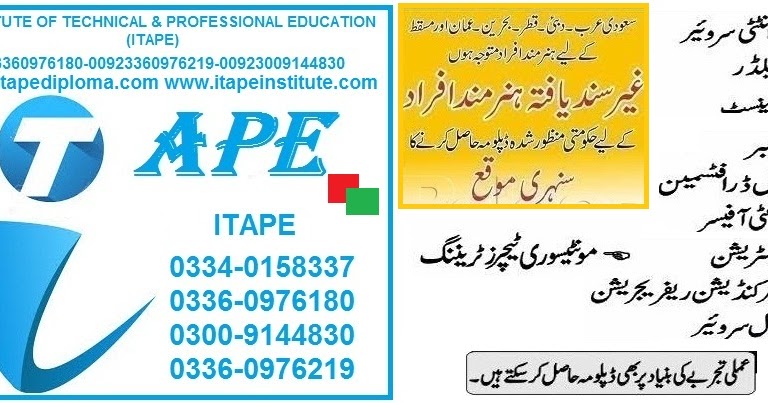

Biology Medicine Physics Chemistry Materials. Chemistry Teacher Phil Cook discusses STEMEducation and FriXion on ConversationsLIVE chemteacherphil milliondegreesforgood STEM Aug 7 min Host Cyrus Webb welcomes back Chemistry Teacher Phil Cook to ConversationsLIVE to discuss the importance of STEM Education and why FriXion pens are ideal tools for STEM. My students and I are interested to determine what products, such as high molecular weight oils/residues and carbon char, we can extract from this process. In-house Editors led by Chief Editor Dr Rafal Marszalek Senior Editorial Board Editorial Board Members. For more information please visit: MORE ABOUT PHIL COOK Phillip Cook, known to his TikTok fans as Chem Teacher Phil, has been a secondary education science teacher for more than 21 years, primarily teaching chemistry, physics, and engineering, and is currently a Senior Science Instructor at Culver Academies in Culver, Indiana. Microwave assisted pyrolysis - this research aims to better understand the value adding potential of the microwave pyrolysis of biosolids and sludge. It is therefore necessary to develop more sustainable practices in relation to phosphorus use/reuse. It is anticipated that phosphorus production will peak in the near future, which will ultimately undermine global food security. Unlike nitrogen, phosphorus does not cycle in nature and must be mined from limited ore deposits. Nutrient recovery - this research focuses on the development of processes that will enable phosphorus recovery from waste streams. Since 2009 I have been a member of the Board of Directors of the Engineering Link Group, which aims to expose young people to the benefits of participating in the engineering profession Since 2009 I have been very active in the assessment of Chemical Engineering programs across the country through the Engineers Australia accreditation process Overall, my aim is to apply chemical engineering principles to challenging problems with a focus on developing sustainable solutions for mankind’s future. A pilot-scale nutrient recovery plant based on source-separated urine as the feed stream is on the near horizon.


Our work is unique in this regard, since most research in the field has, to date, been experimental in nature and lacked a fundamental basis. The main aim of my research is to develop a clearer understanding of process fundamentals, so that we can more confidently design, operate and optimise nutrient recovery processes of the future. Since phosphorus does not cycle in nature, traditionally mined phosphorus must be replaced with more sustainable sources. My current research focuses on the development of processes that will enable phosphorus recovery from human-generated waste streams.


 0 kommentar(er)
0 kommentar(er)
